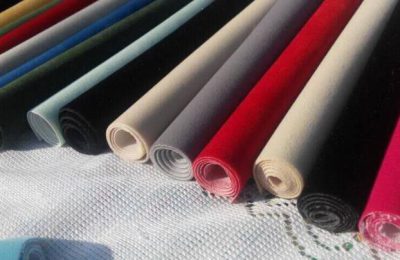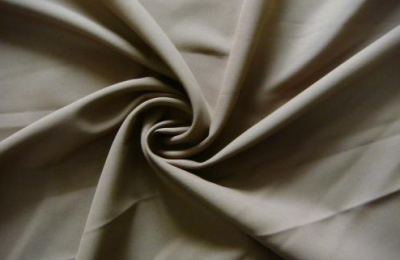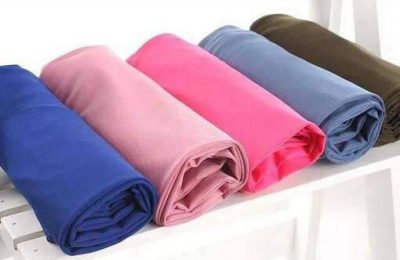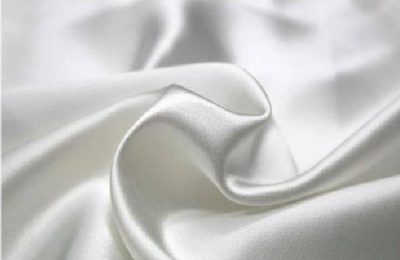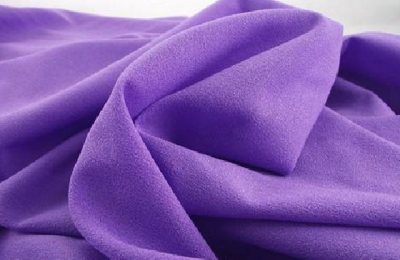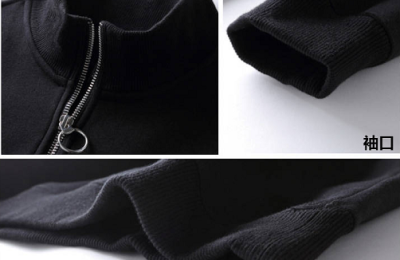Recently, the State Administration for Market Regulation (Standards Committee) officially released the recommended national standard GB/T38880-2020 “Technical Specifications for Children’s Masks”. The standard stipulates the basic requirements for masks suitable for children aged 6-14, appearance quality and test methods, and also proposed 19 main performance indicators, among which the PTFE filter material of children’s masks meets this standard.
Ordinary civilian masks are a daily health product, mainly used to keep out the cold. There are no unified requirements for their materials and specifications, and they are ineffective in preventing diseases.
Generally composed of 3 layers, the surface layer is woven or knitted fabric, the middle layer is non-woven fabric, and the inner layer is mostly pure cotton knitted fabric, which is soft to the touch.
Because the gaps and holes in each layer of fabric are relatively large, it can only filter large particles of dust in the air to a certain extent, and cannot effectively shield and filter PM2.5 dust particles.
The filtration efficiency of the ptfe filter material of children’s masks can reach more than 95% for bacteria and PM2.5 particles in the air, reaching the filtration standard of KN95 masks.
The extremely high porosity and ultra-thin thickness of <5μm give it better air permeability, low breathing resistance and comfortable wearing.
In addition, the PTFE membrane is naturally hydrophobic, and the filtration mechanism is physical and mechanical interception (pore size interception method). The interception rate will not be attenuated due to moisture in the exhaled breath. Compared with ordinary melt-blown cloth masks, the protective effect of electrostatic adsorption is more stable and lasting.
It is a PTFE filter material manufacturer specializing in R&D, production and sales of children’s masks.
The materials of the products produced by our company are all imported raw materials, with high uniformity, stable performance and good breathability.
</p



